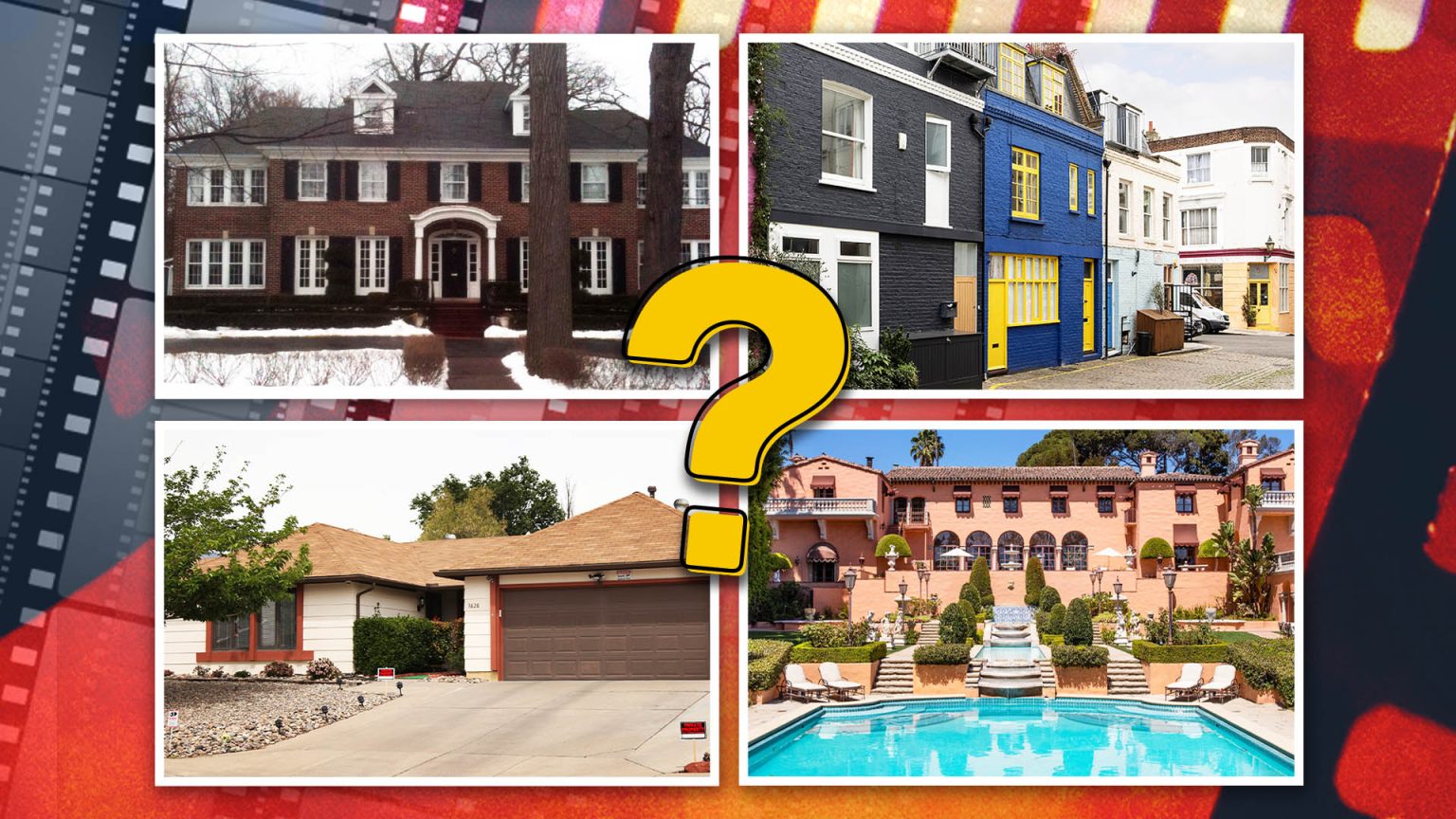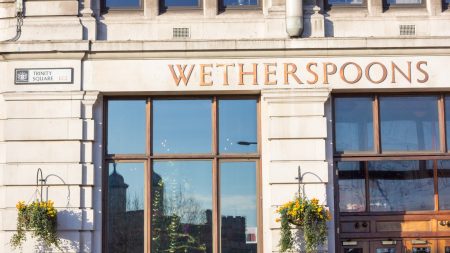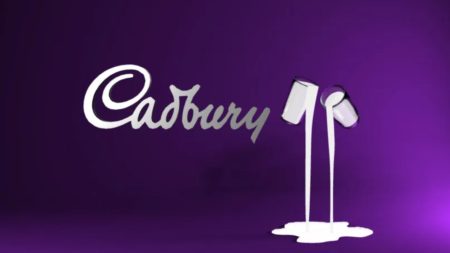The allure of on-screen residences extends beyond the silver screen, often transforming real-world properties into coveted landmarks. The phenomenon of film and television locations becoming tourist attractions and fetching significantly inflated prices is exemplified by the Breaking Bad house, currently listed at a staggering $4 million, a price tag ten times higher than comparable homes in the area. This surge in value isn’t an isolated incident. Properties featured prominently in popular culture often achieve a unique status, drawing fans and curious onlookers alike, while simultaneously becoming lucrative investments for their owners.
The intersection of real estate and entertainment creates a fascinating dynamic, where fictional narratives intertwine with the tangible world. A seemingly ordinary house in Oregon, priced at $350,000, gains notoriety as the dwelling of Bella Swan from the Twilight saga. Similarly, a modest three-bedroom semi-detached house in the UK, valued at £450,000, holds the distinction of being 4 Privet Drive, the childhood home of Harry Potter in the eponymous film series. These properties, initially unremarkable, acquire a cultural significance that transcends their architectural value, becoming pilgrimage sites for fans eager to connect with their beloved stories.
The price escalation extends to grander properties as well. An Illinois mansion, priced at $2.1 million, is instantly recognizable as the setting for the Home Alone movies, complete with its intricate booby traps. A stately £9.5 million residence evokes the world of Jane Austen, serving as the Bennet family home in the BBC adaptation of Pride and Prejudice. These properties, often chosen for their aesthetic appeal and suitability to the narrative, become intrinsically linked to the stories they house, further enhancing their desirability and market value.
Even relatively modest homes experience this transformative effect. A terraced house in Wales, valued at £212,000, becomes a point of interest due to its connection with the popular sitcom Gavin & Stacey, serving as Uncle Bryn’s residence. Likewise, a charming £3.3 million family home in Notting Hill, London, gains romantic significance as the location of a memorable doorstep declaration in the film Love Actually. These examples demonstrate how even fleeting appearances in film or television can significantly impact a property’s perceived value and desirability.
The impact isn’t limited to comedic or romantic settings. A substantial Victorian home in Tacoma, Washington, listed at $1.6 million, gains a darker aura as the setting for 10 Things I Hate About You, while a $2.9 million property gains notoriety as the backdrop for a pivotal scene in The Godfather. Similarly, a $3.2 million Los Angeles home becomes synonymous with the chilling nightmares of A Nightmare on Elm Street. These examples showcase how the association with dramatic or even horrific narratives can contribute to a property’s unique appeal, transforming them into recognizable landmarks.
The phenomenon of inflated prices for on-screen homes highlights the powerful influence of popular culture on the real estate market. These properties transcend their brick-and-mortar existence, becoming imbued with the narratives and emotions associated with the films and television shows they feature in. They represent tangible connections to beloved stories, attracting not only fans but also investors eager to capitalize on the cultural cachet. The Breaking Bad house, with its exorbitant price tag, is merely the latest example of this trend, underscoring the ongoing fascination with the intersection of real estate and the world of entertainment.











